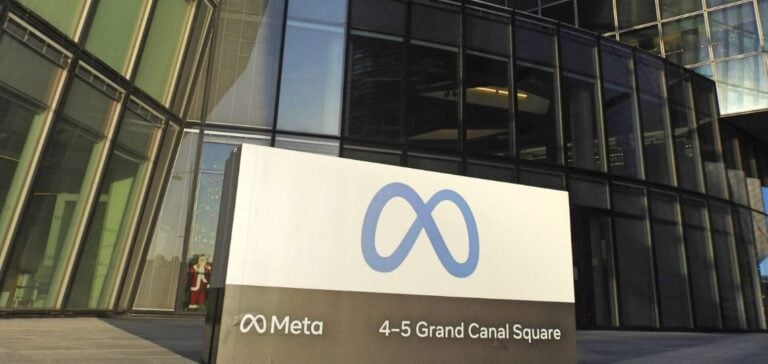Meta and ENGIE North America (ENGIE) recently finalized a second Environmental Attributes Purchase Agreement (EAPA) in 2024, marking a significant milestone in their partnership for energy transition. The agreement includes the supply of 200 MW of renewable energy and associated environmental attributes from the Anson 2 solar project, located in Jones County, Texas.
The Anson 2 project, developed by ENGIE, will also be constructed and operated by the company. The facility is expected to begin operations by late 2025. This collaboration aims to meet Meta’s growing energy demands while supporting its carbon neutrality commitments.
An expanding relationship
Since 2020, Meta has maintained net-zero emissions in its global operations, a goal supported by strategic partnerships such as the one with ENGIE. “We are thrilled to deepen our collaboration with ENGIE, making the clean energy transition a reality through the projects we are working on together,” said Urvi Parekh, Global Head of Energy at Meta.
This agreement adds to the 12 GW of renewable energy already contracted by Meta, further strengthening its sustainability strategy.
Local impact and energy transition
Beyond its environmental benefits, the Anson 2 project will bring significant economic contributions to the region. More than 300 skilled workers, many of them local, will be employed during the construction phase. Additionally, the project is expected to generate $56 million in tax revenues to support the local community, including approximately $28 million for local school districts.
For ENGIE, this partnership underscores its position as a global leader in Power Purchase Agreements (PPAs). “We are excited to continue our collaboration with Meta, delivering renewable energy that supports their growth and accelerates the energy transition,” said Dave Carroll, Chief Renewables Officer at ENGIE North America.






















